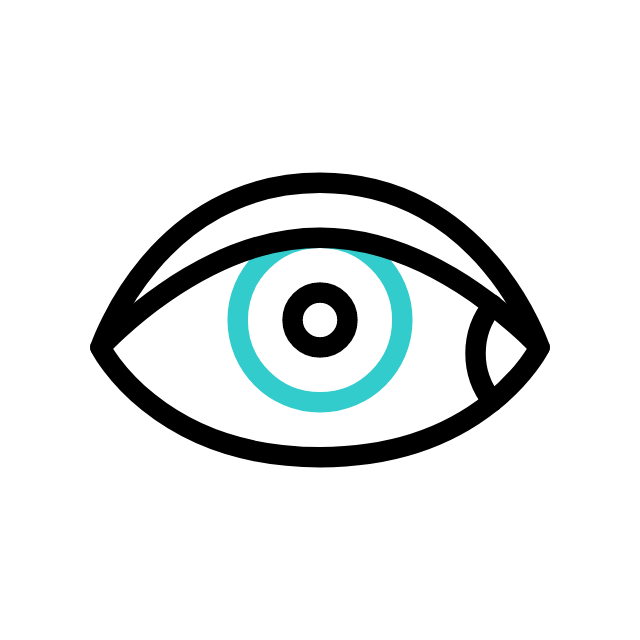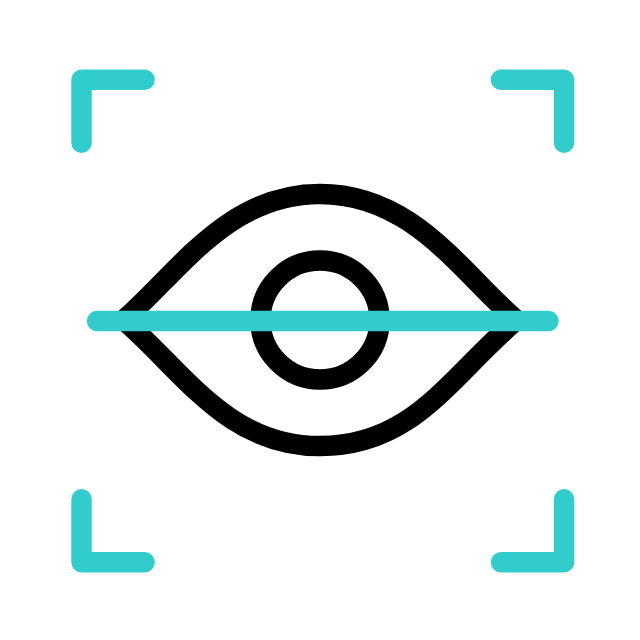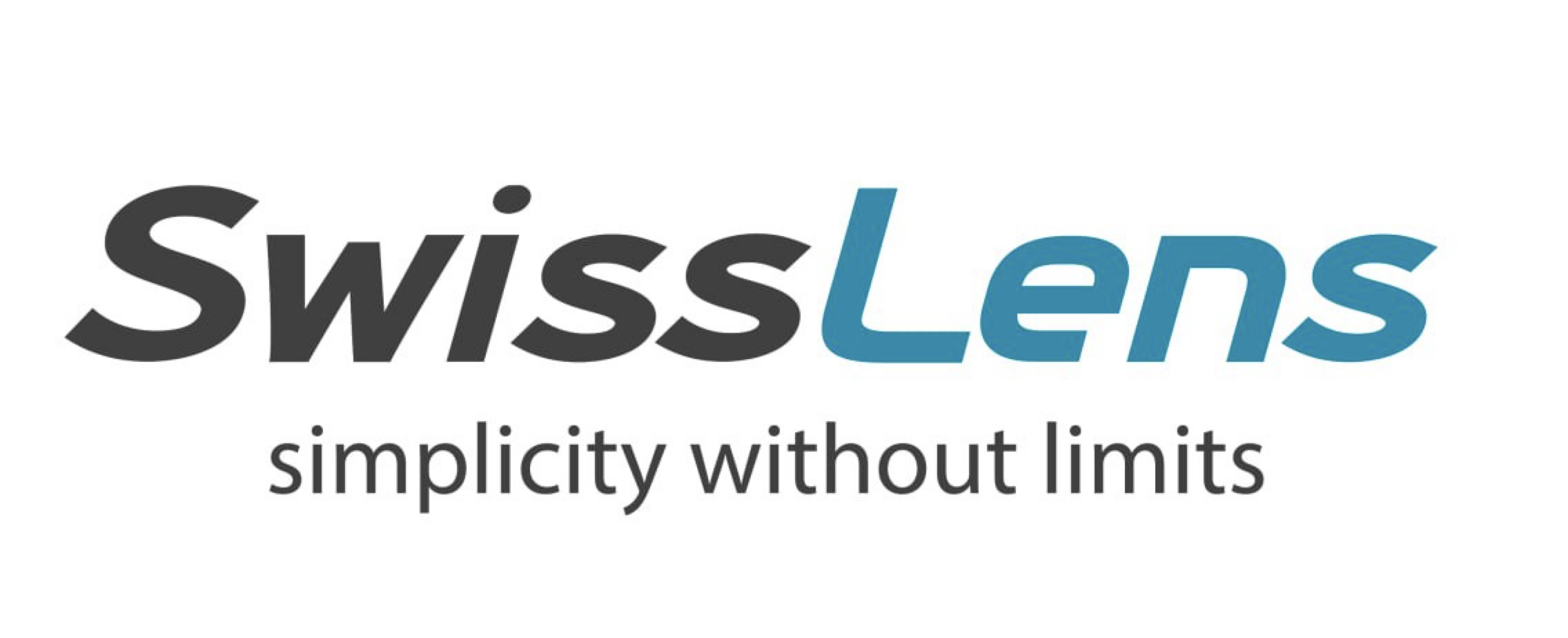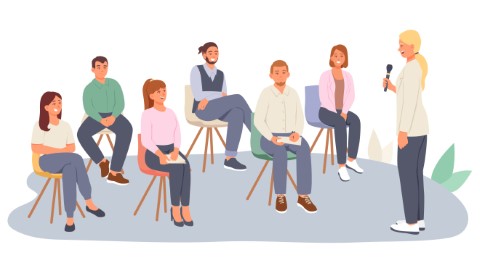Medmont Meridia
Advanced Topographer
Myopia Management
Certified for progressive myopia
Orthokeratology
Coloured
Webinars
Acuacare
Our
NEWS
Unveiling Our New Website: A Seamless Experience Awaits!
We're excited to announce the launch of our revamped website, designed with you in mind. At SwissLens, we believe in staying at the forefront of innovation, and our new website is a testament to that commitment. What's New? 1. Intuitive Navigation Menu: Say goodbye to...
About
SwissLens
The portfolio of contact lenses supports all kind of visual and medical needs. This unique mix of expertise ensures the company strives for perfection and provides an unparalleled service in the Contact Lens industry.

SwissLens supplies
SwissLens supplies contact lenses to hospitals, contact lens practitioners and through our distributors and licensing agreements worldwide.

Available to order
Our lenses are available to order through our dedicated Professional Services team or through the web, 24/7

Research and Development
Research and Development, unique manufacturing technologies, IT – and Professional Services, all make up the Centre of Excellence at SwissLens.
Upcoming Events

